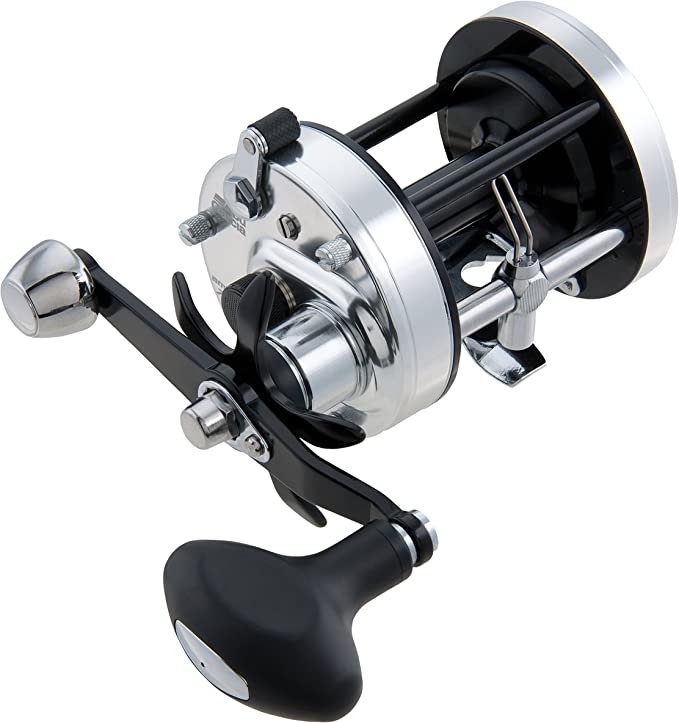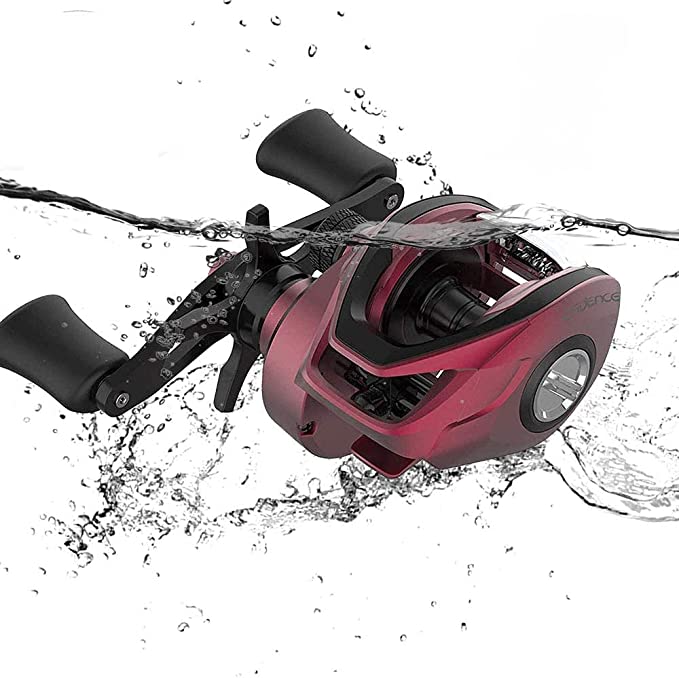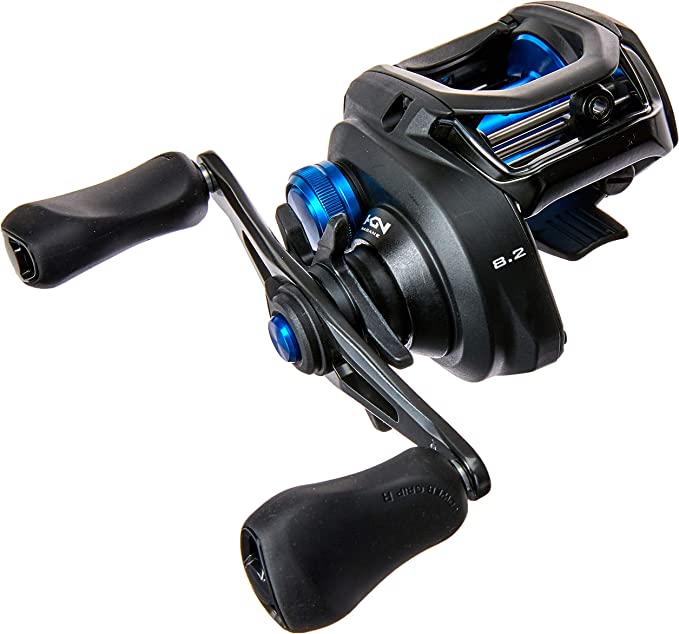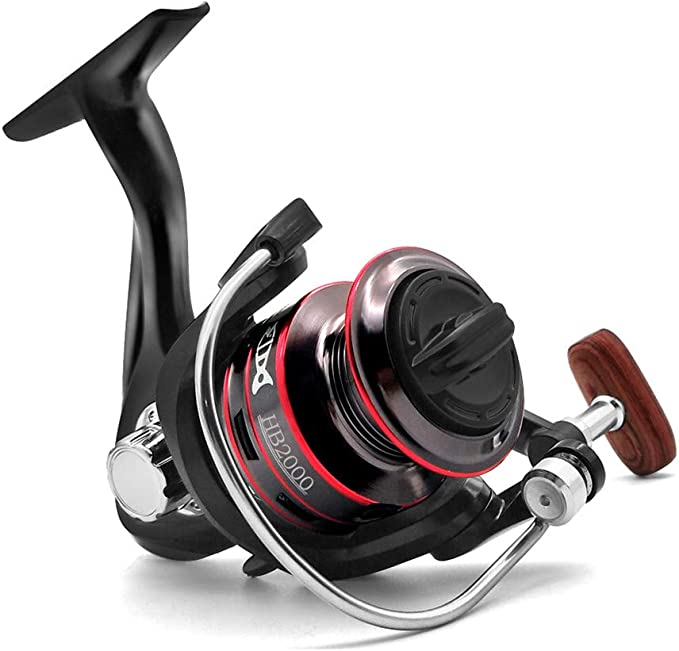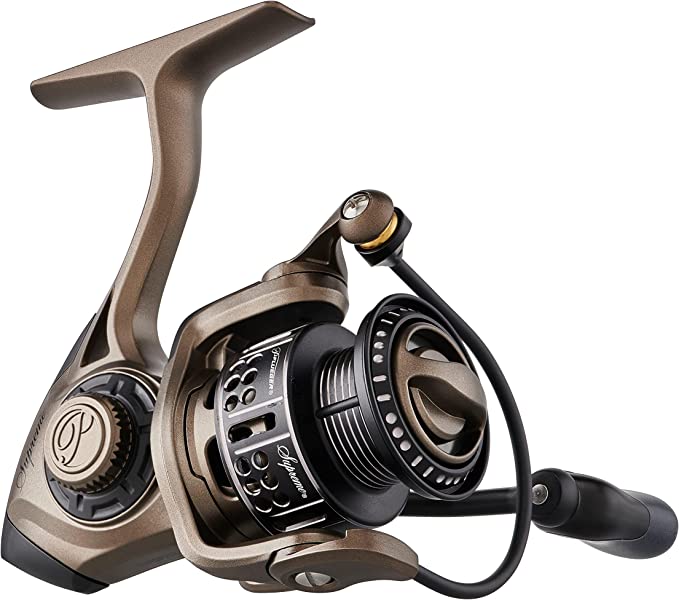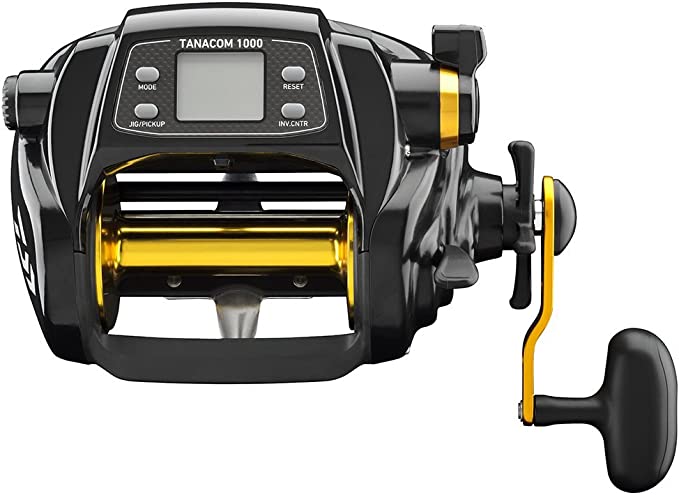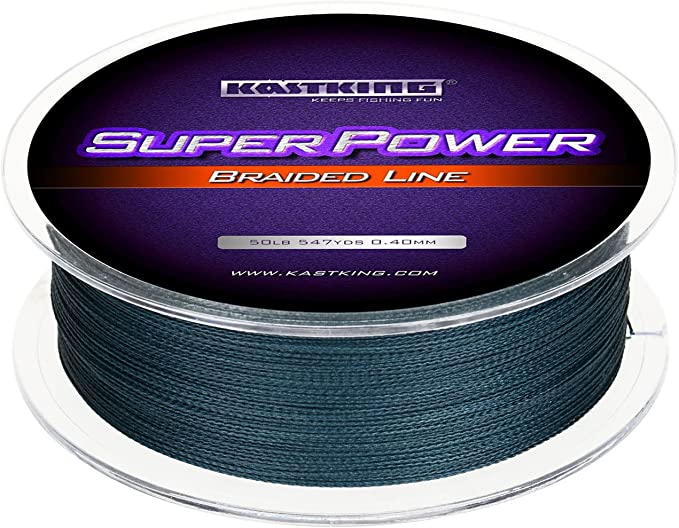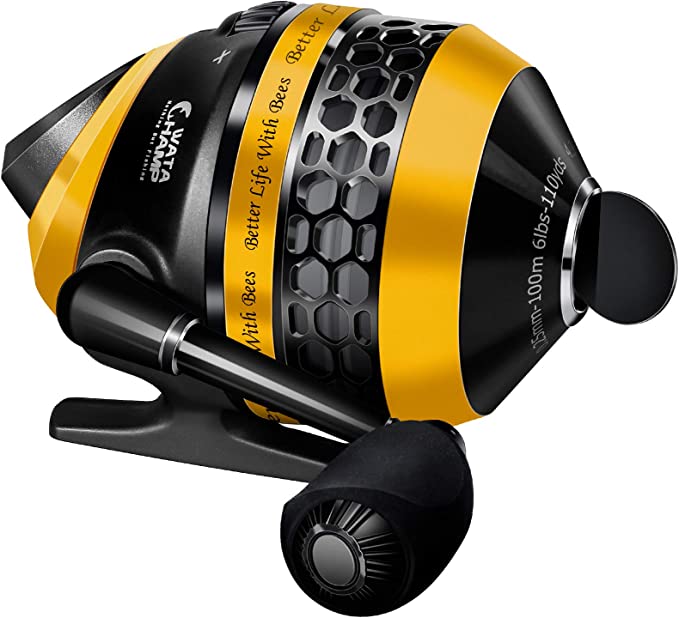The Art of Control: Deconstructing the Science Behind the Abu Garcia Revo4 Rocket's Speed
Update on July 31, 2025, 6:32 p.m.
There is a moment in angling that is pure, distilled chaos. It’s the instant a placid surface erupts as a bass engulfs a topwater frog. In this violent, split-second window, raw speed seems like the ultimate asset. The ability to retrieve line faster than the fish can shake its head feels like the only thing that matters. But here lies a fundamental paradox of engineering and of fishing itself: speed, without control, is not an asset. It is a liability. The true genius of a high-performance machine is not found in its top velocity, but in its absolute mastery over that velocity.
The Abu Garcia Revo4 Rocket, with its famed 10.1:1 gear ratio, is often celebrated for its blistering pace. But to focus solely on its speed is to admire a Formula 1 car only for its straight-line acceleration. The real story, the one that separates this reel from the pack, is the intricate ecosystem of control systems engineered to harness that power. It’s a story of physics, material science, and a deep understanding of the forces at play when man and nature collide.

The Engine of Velocity
At its core, the Revo4 Rocket’s identity is forged by its 10.1:1 gear ratio. This number represents a simple mechanical truth: for every single turn of the handle, the spool rotates a staggering 10.1 times, pulling in up to 41 inches of line. For techniques like burning a buzzbait or picking up slack on a long-distance pitch, this rate is a tactical advantage, translating to more casts, more water covered, and more opportunities to trigger a strike.
However, such high-speed gearing places immense stress on the internal components. This is where engineering foresight becomes critical. The Duragear™ Gen II system isn’t just a set of cogs; it’s a deliberate choice of material. The use of brass, a classic alloy of copper and zinc, is key. While heavier than aluminum, brass possesses superior hardness and wear resistance, making it the ideal material to withstand the constant, high-velocity meshing required by the Rocket’s transmission. It’s the robust, reliable heart of a sprinter, built for sustained performance without faltering.

Taming the Cast: The Science of the Infini™ Brake
To give an angler a high-speed engine without a sophisticated braking system would be an act of engineering malpractice. It would lead to the dreaded backlash, the bird’s nest of tangled line that is the bane of every baitcaster user. The Revo4 Rocket’s Infini™ brake system is a masterclass in harmony, employing two distinct physical principles that work in a perfect partnership to control the cast from start to finish.
The first partner is the centrifugal brake. Think of this as the system’s powerful first responder. Governed by the simple physics of centrifugal force (F = mv²/r), a set of small brake blocks are flung outward as the spool accelerates. This force is greatest at the explosive beginning of the cast when the spool is spinning fastest, providing a strong, initial braking force that prevents the line from overrunning itself.
The second partner is the magnetic brake. This is the fine-tuner, the artist of the duo. It operates on a far more subtle principle of physics: eddy currents. As the conductive aluminum spool spins within the magnetic field created by a bank of magnets, it induces small, circular electrical currents—eddy currents—within the spool wall. According to Lenz’s Law, these currents generate their own magnetic field that opposes the change that created them, resulting in a smooth, non-contact, and linear braking force.
This partnership is what makes the system brilliant. The centrifugal brake handles the initial brute force of the cast, while the externally adjustable magnetic brake provides a constant, gentle resistance throughout the line’s flight, allowing for minute adjustments to account for lure weight, wind, and angler style. It is a system that provides both power and nuance, taming the raw energy of the cast into a predictable and controlled flight.

Taming the Fish: The Physics of a Flawless Drag
Once the hook is set, a new battle of forces begins. A powerful fish will test the reel’s ability to yield line without failure. Here, the challenge is a phenomenon known in friction science as stick-slip. Many drag systems have high static friction (the force needed to get the line moving) and lower kinetic friction (the force while the line is moving). This difference causes the drag to “stick” and then “slip,” resulting in a jerky release of line that can easily lead to a snapped leader.
The Power Stack Carbon Matrix™ Drag System is engineered specifically to defeat this phenomenon. It uses a series of large carbon fiber washers, which are keyed to provide an immense surface area. Carbon fiber is the material of choice for two critical reasons. First, its coefficient of friction remains remarkably stable whether static or in motion, and it is largely unaffected by the heat generated during a long run. This virtually eliminates the stick-slip effect, delivering power that is as smooth as it is strong. Second, it can dissipate that heat effectively. This system doesn’t just provide a high maximum drag rating of up to 18 pounds; it delivers that power with unwavering consistency, giving the angler the confidence to apply pressure, knowing the reel will protect the line with flawless precision.

The Unseen Foundation: A Chassis Built for Precision
None of this high-performance componentry could function correctly without a solid foundation. The X2-Cräftic™ alloy frame is more than just a housing; it is a rigid, unyielding chassis. In a high-speed, high-stress environment, even microscopic flex in the frame can cause gears to bind and lose efficiency, or cause the drag system to apply pressure unevenly.
The rigidity of the X2-Cräftic alloy ensures that all internal parts remain in perfect alignment under load. This allows the Duragear system to transmit power with maximum efficiency and the Power Stack drag to apply its pressure evenly across all surfaces. It is the unsung hero of the design, the rigid backbone that allows the entire ecosystem of speed and control to operate at its peak potential.

An Engineered Ecosystem of Control
To view the Abu Garcia Revo4 Rocket merely as a “fast reel” is to miss the point entirely. It is a complete, integrated system. The speed of its gears is made usable by the intelligence of its brakes. The power of its drag is made reliable by the physics of its materials. And the performance of all these systems is guaranteed by the rigidity of its frame. It is an engineering philosophy brought to life, one that understands that in the chaotic, heart-pounding moments of fishing, true power is not found in speed alone, but in the absolute, scientific mastery of control.

